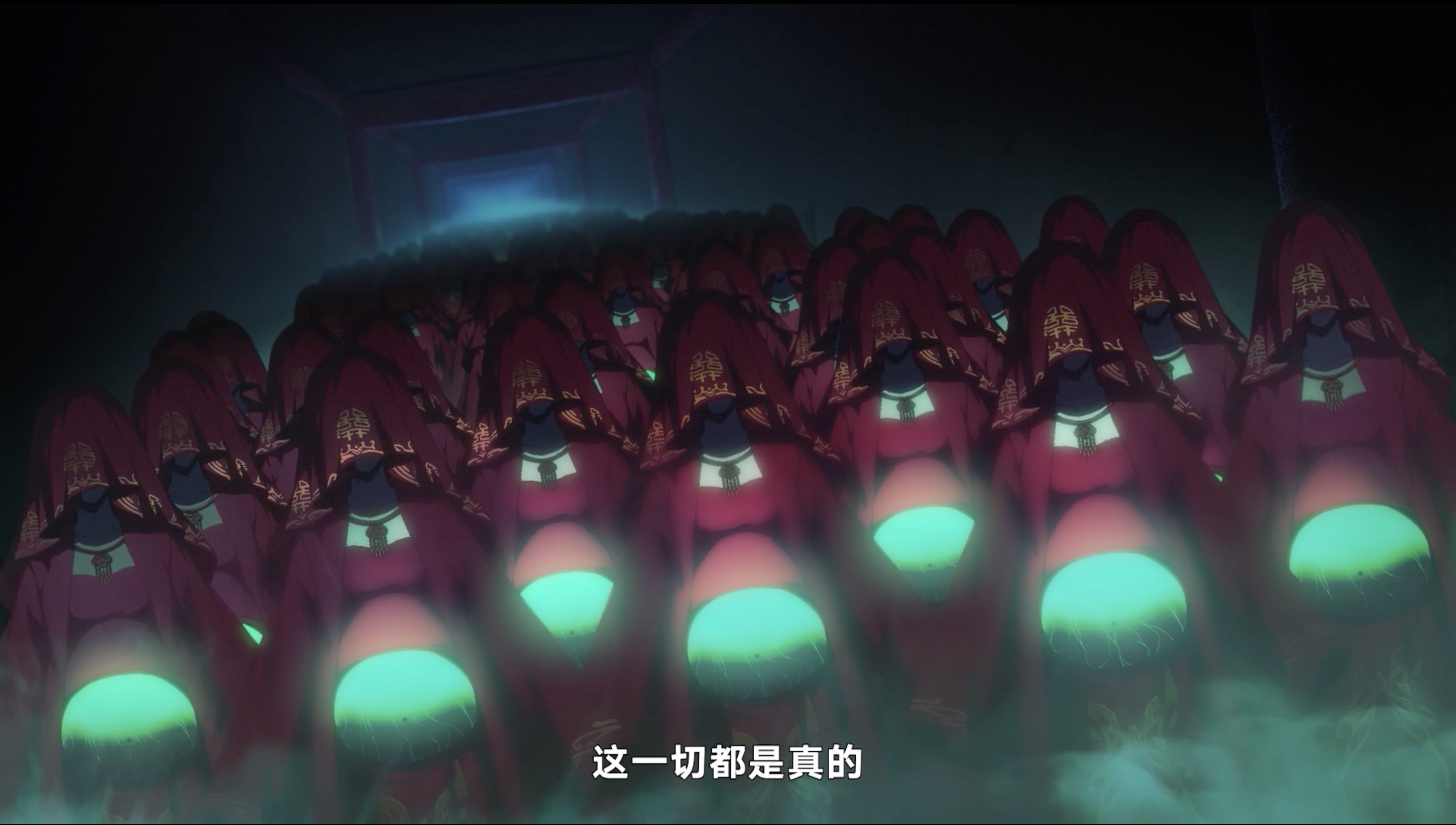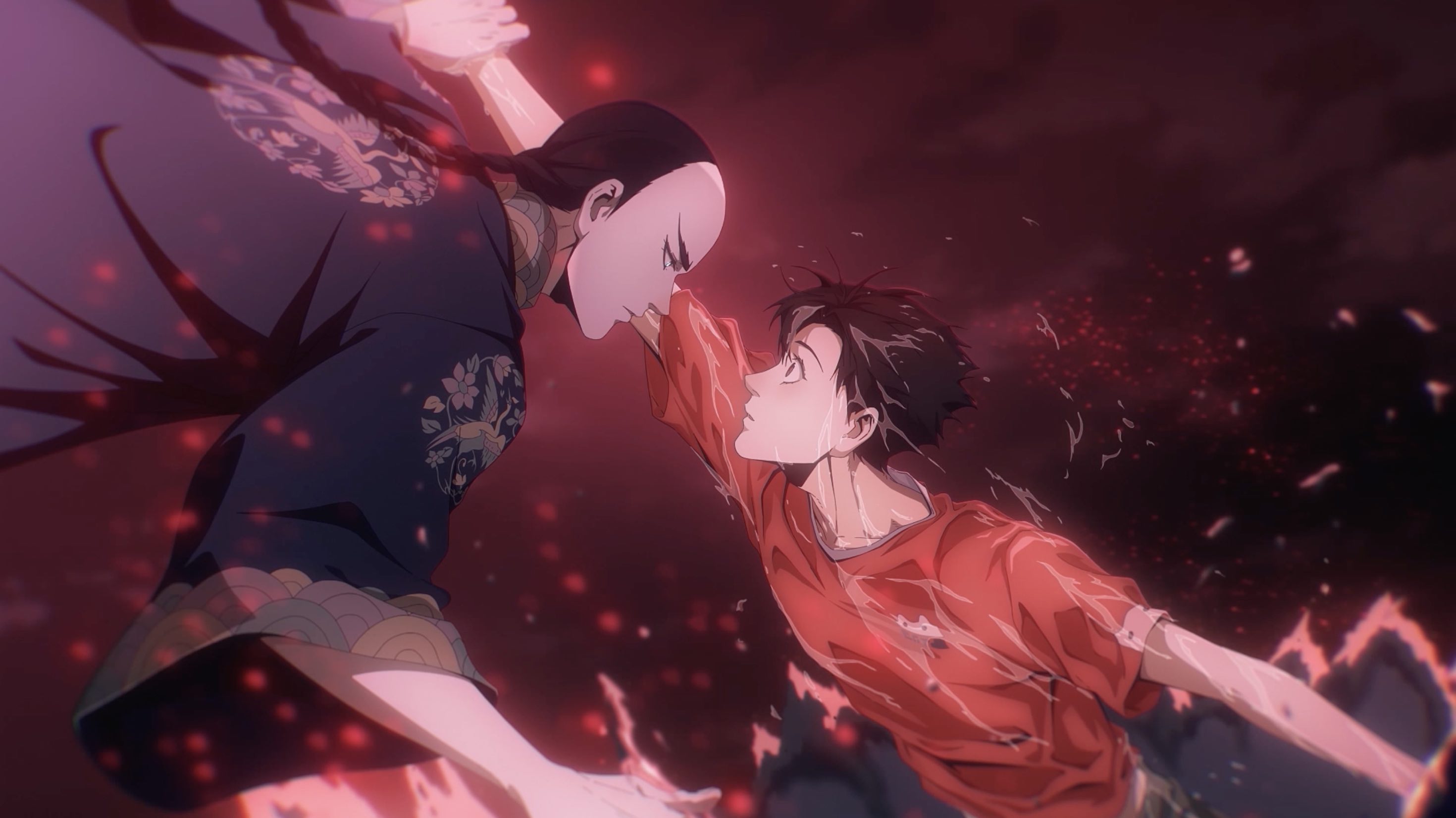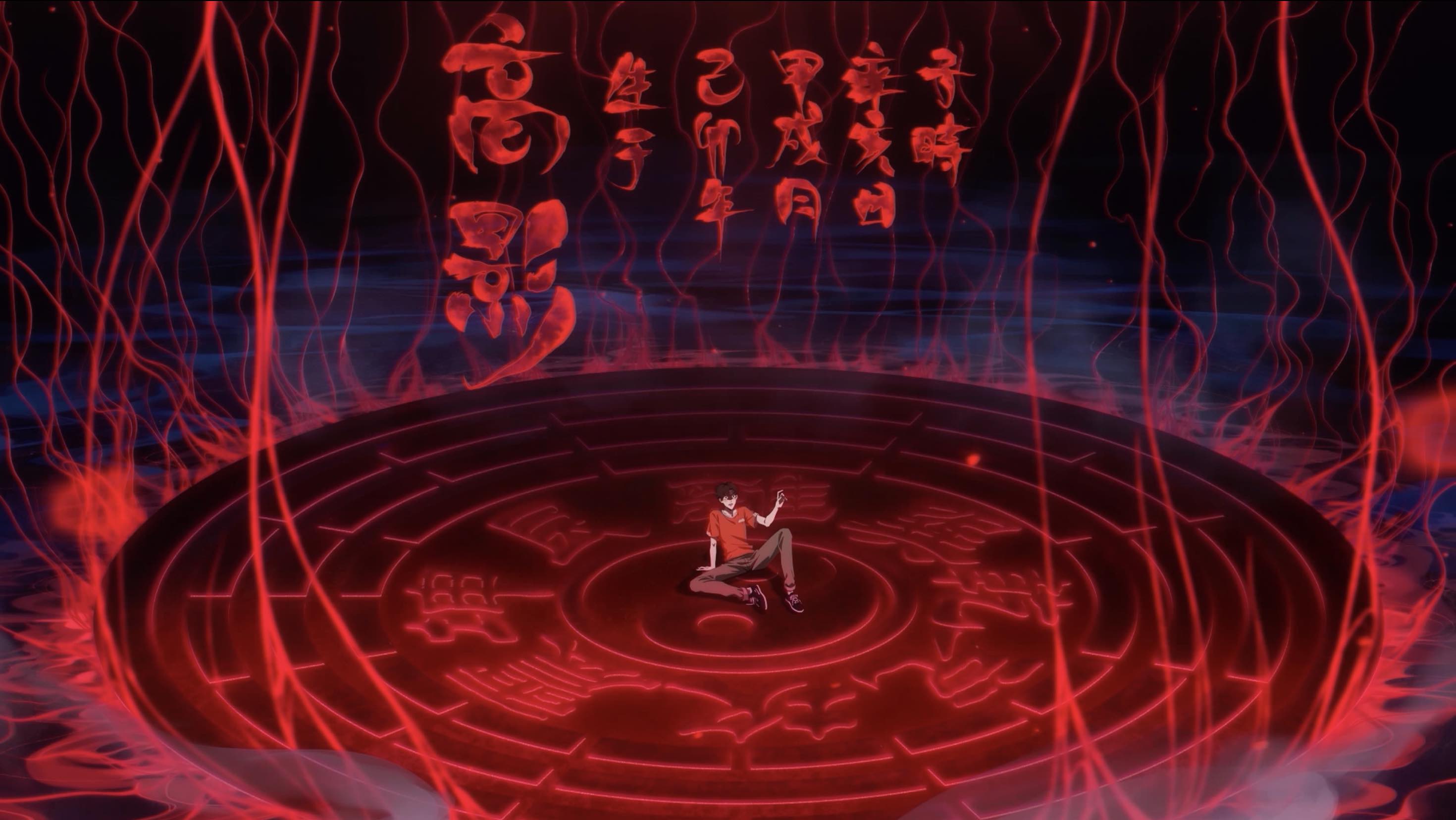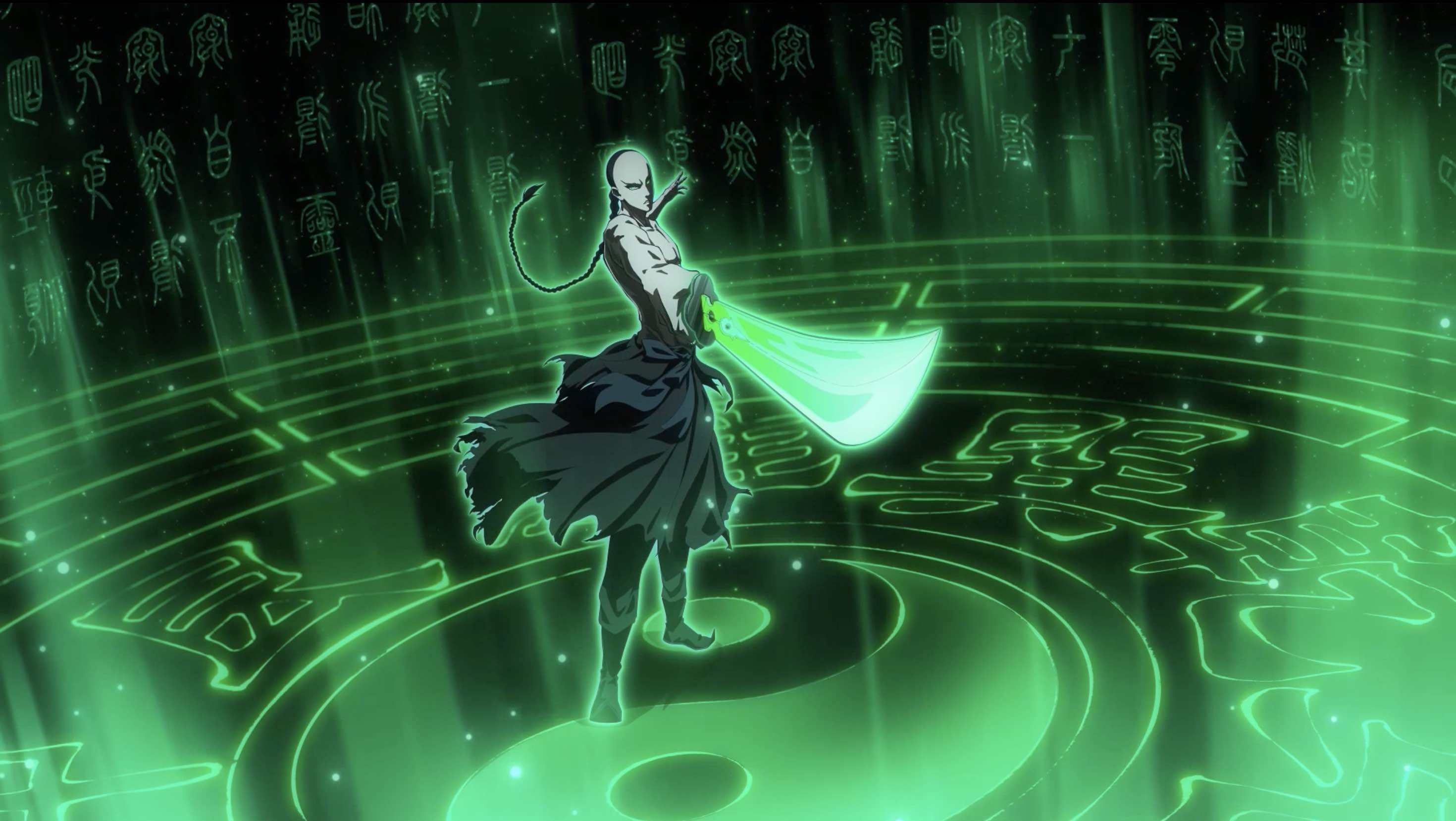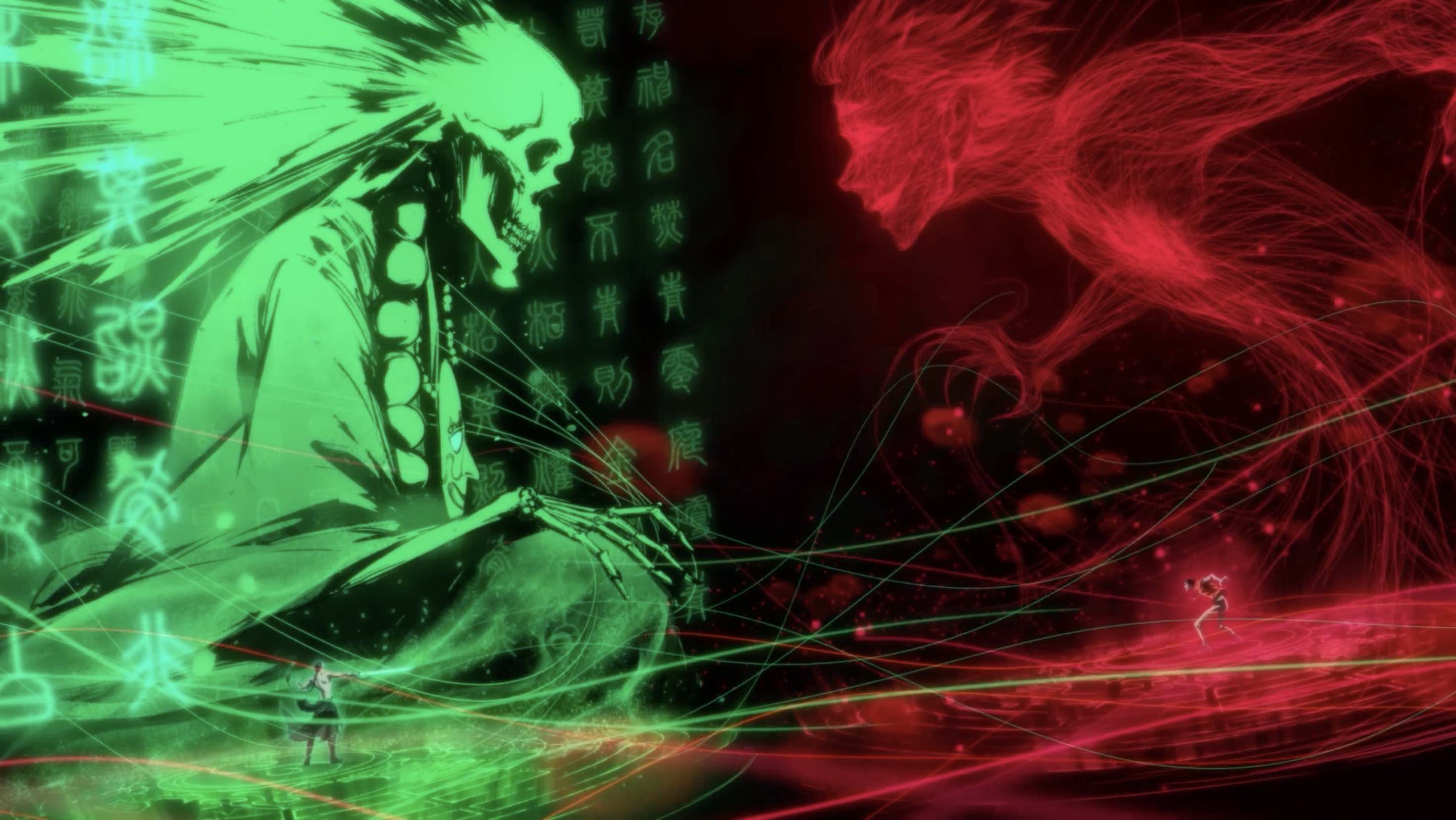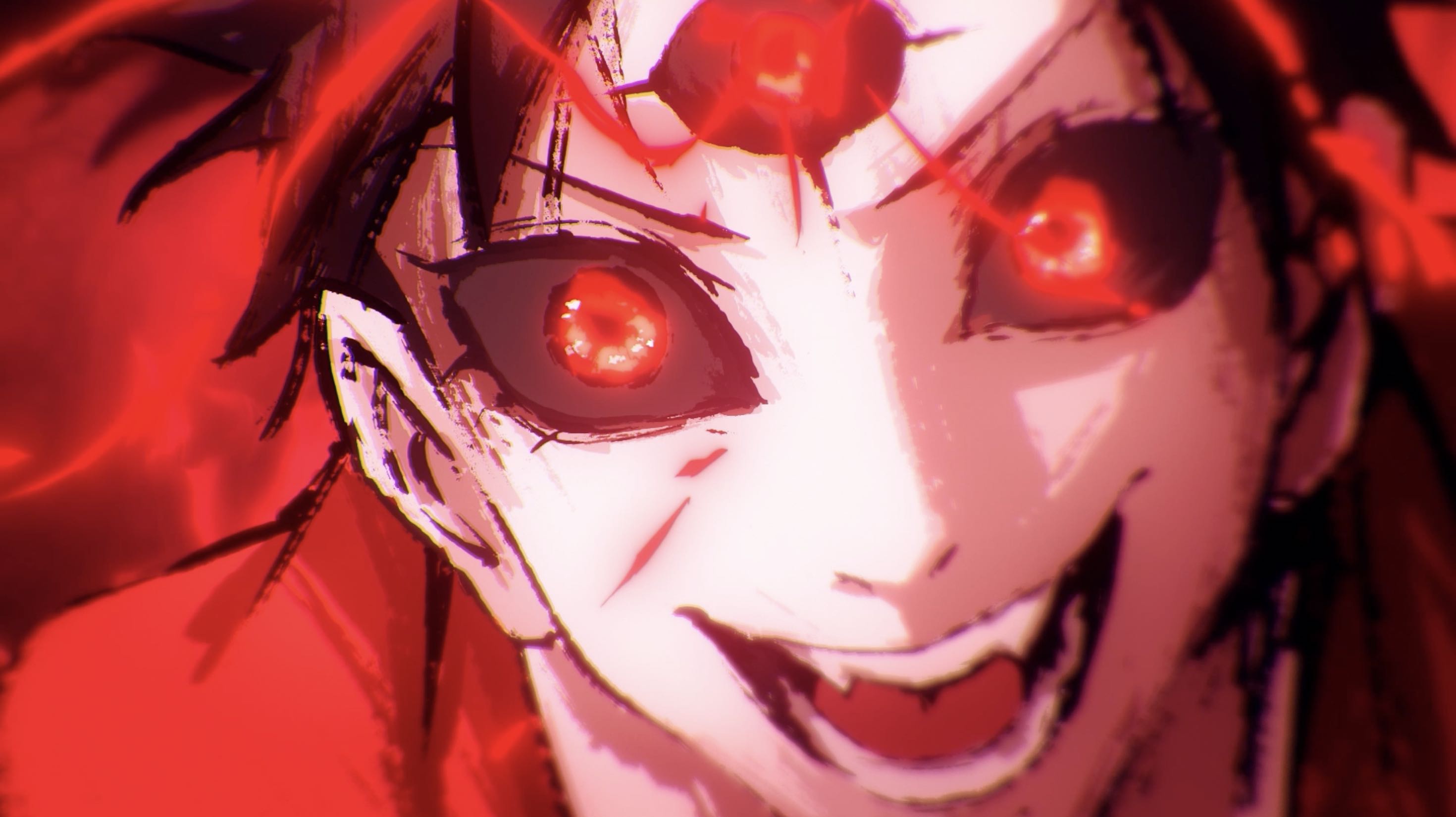The young Gao Ying arrived at the university for registration, unintentionally stumbled into a run-down inn in the urban village, and unexpectedly got involved in a mysterious dispute of a century-old catastrophe, encountering strange people and events one after another. The life of the young man was rewritten from then on...
The release of the PV for "Gu Wei Nan Ting" caused many fans to exclaim "in my lifetime". Having won the Silver Award for Best Story Comic at the Golden Dragon Awards, "Gu Wei Nan Ting" has a popularity value of over 35.5 billion. As a work of "Chinese horror aesthetics" going global, "Gu Wei Nan Ting" has a unique style that is fascinating.
How can we produce animations more efficiently and with higher quality?
Traditional 2D background images require a significant amount of resources, from sketches to line drafts, and from line drafts to color drafts.
2:10 Animation Studio introduces 3D production into the 2D process. 3D scene capture and rendering composition are more precise than traditional hand-drawn methods, improving efficiency while ensuring stable image quality.
The integration of 3D technology into the 2D process may seem easy, but it actually requires breaking down communication barriers between various stages. This is a process optimization and update achieved through countless project iterations.



